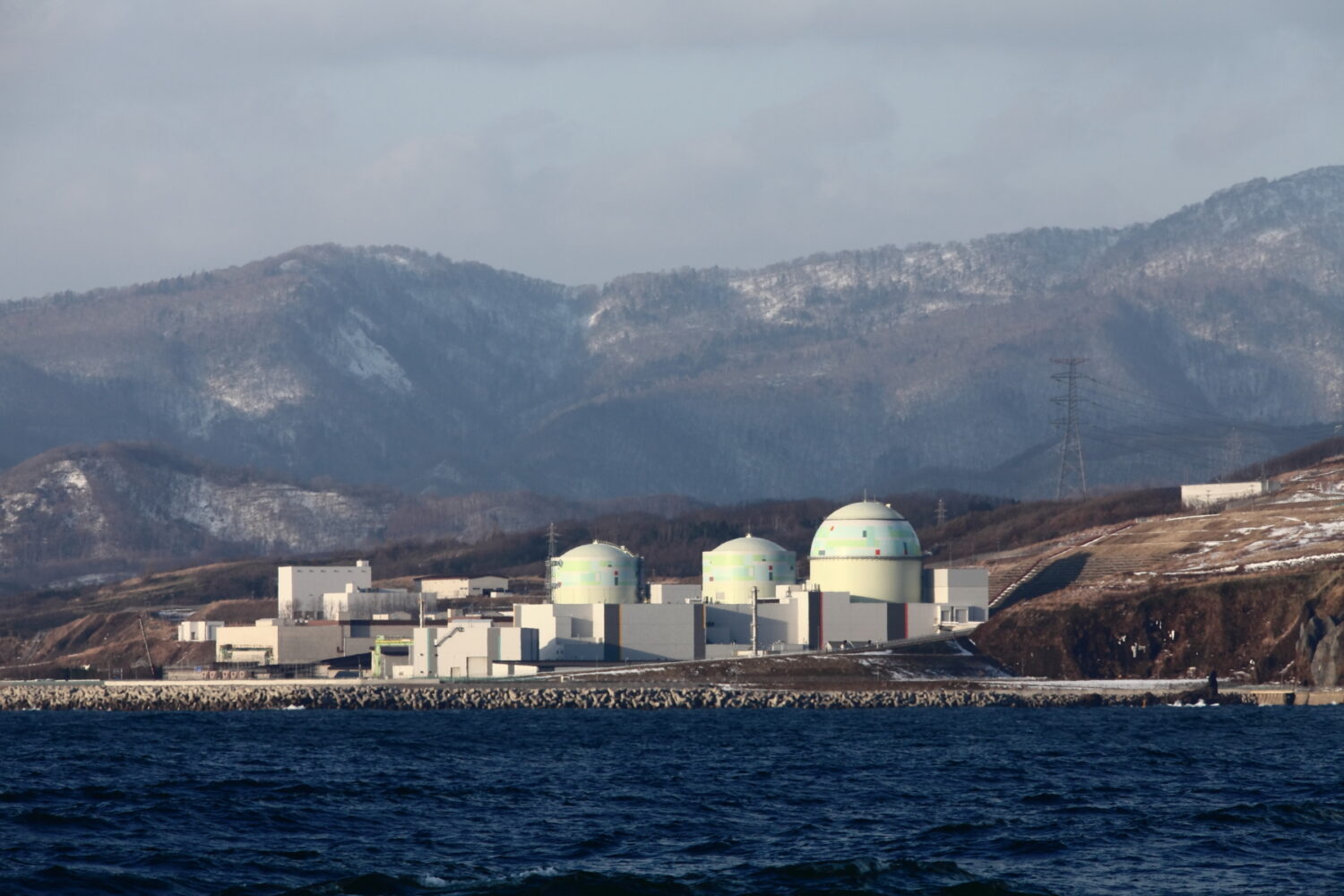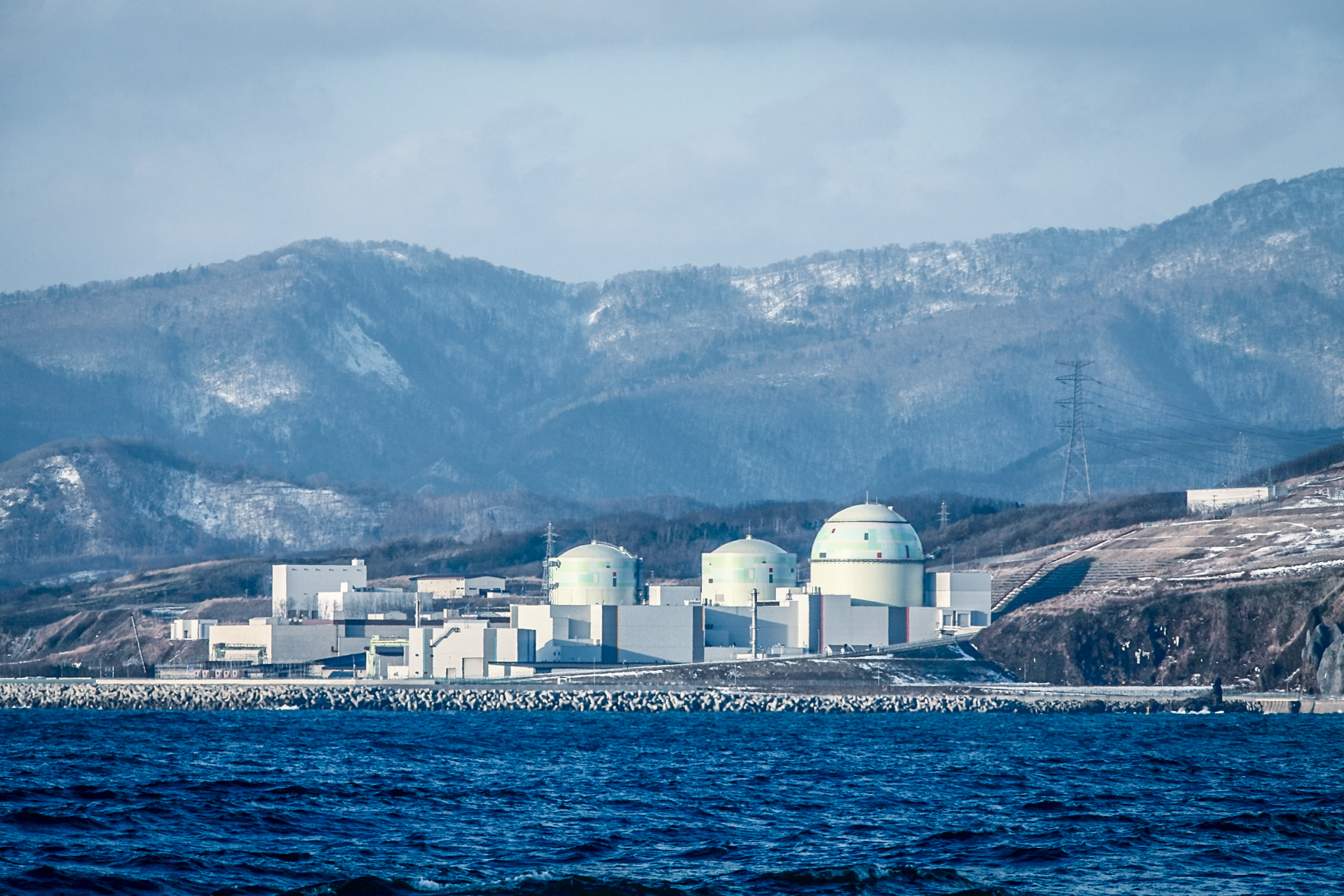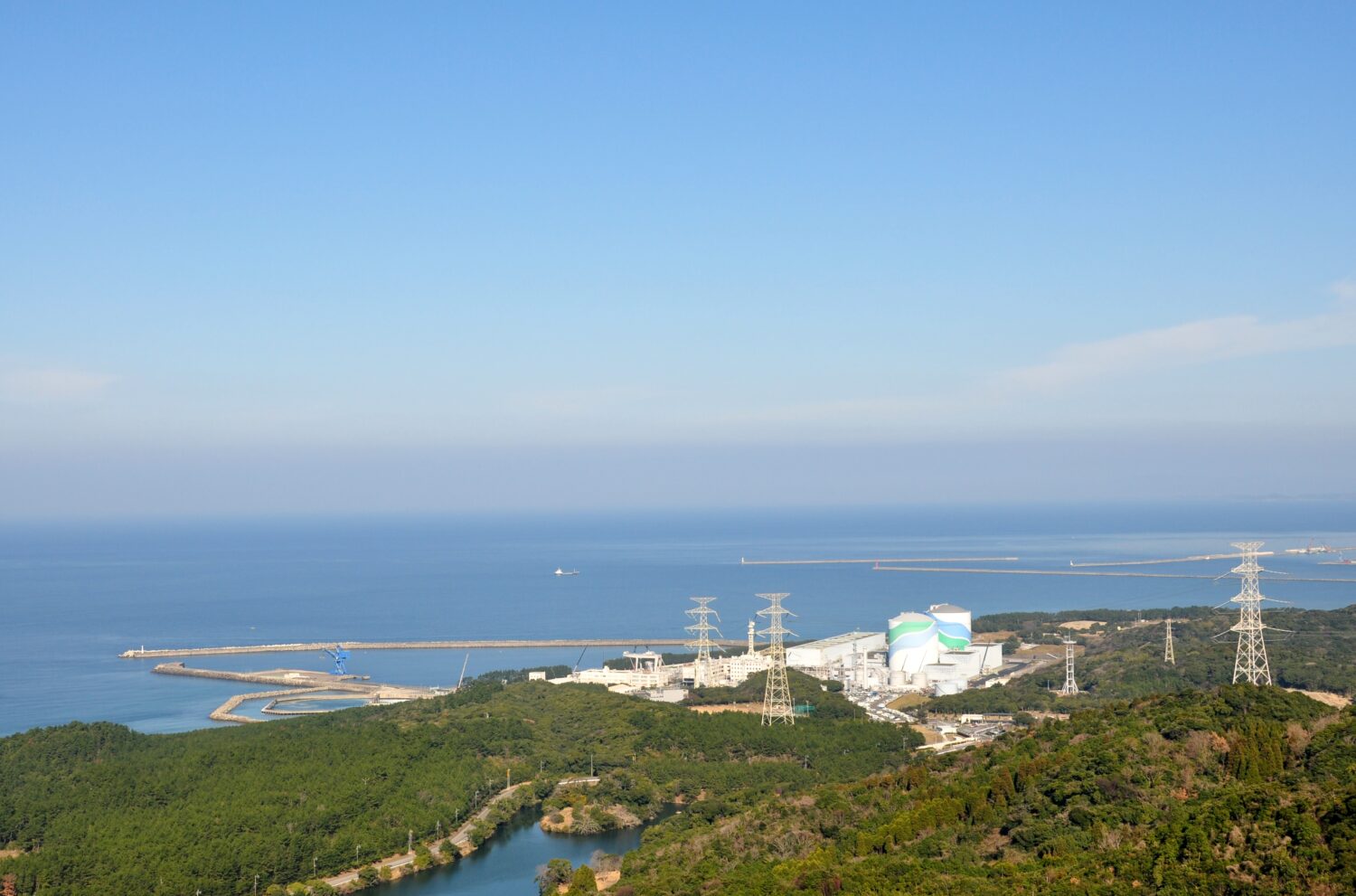At a meeting on December 23, a governmental committee addressing the handling of treated contaminated water at the Fukushima Daiichi Nuclear Power Plants (NPPs) presented its conclusions thus far. The committee is part of the Agency for Natural Resources & Energy (ANRE), which falls under Japan’s Ministry of Economy, Trade and Industry (METI).
When contaminated water is purified by multi-nuclide removal equipment (the Advanced Liquid Processing System, or ALPS), the remaining water still contains tritium. So far, the water from Fukushima Daiichi has been stored continually in storage tanks.
With almost no more land available for the construction of more tanks, however, the committee has been considering what to do with the additional water once such tanks can no longer be used. Considerations include both technical and societal aspects, the latter referring to the pervasiveness of unfounded fears and rumors.
In its presentation at the recent meeting, the committee highlighted three scenarios for handling the treated contaminated water, for which there are precedents: offshore release, vapor release, and a combination of the two.
In all three cases, if the treated water stored in tanks were disposed of over a one-year period, radiation levels would be less than 1/1,000th the annual natural radiation level, based on an evaluation model from the United Nations Scientific Committee on the Effects of Atomic Radiation (UNSCEAR).
Other disposal methods addressed by a taskforce of the committee were geosphere injection, hydrogen release, and underground burial. Each was deemed to pose issues as practical options in terms of such matters as technical feasibility, the need for new regulations and standards, and difficulties ensuring disposal sites.
The committee had earlier met sixteen times since November 2016, hearing from such parties as local producers and distributors, as well as risk communication experts. In August 2018, it held explanatory meetings and public hearings in Fukushima and Tokyo.
In the December 23 presentation, which took all those results into consideration, the committee showed several courses of action regarding ungrounded fears and rumors stemming from treated water disposal.
As for risk communication measures, it suggested promoting public understanding on tritium and providing information to the media.
In the commercial sphere, meanwhile, it said that efforts should be expanded—including assigning specialized retail sales staff and opening online stores—by referring to successful cases.


-013.jpg)

-049.jpg)
.jpg)






